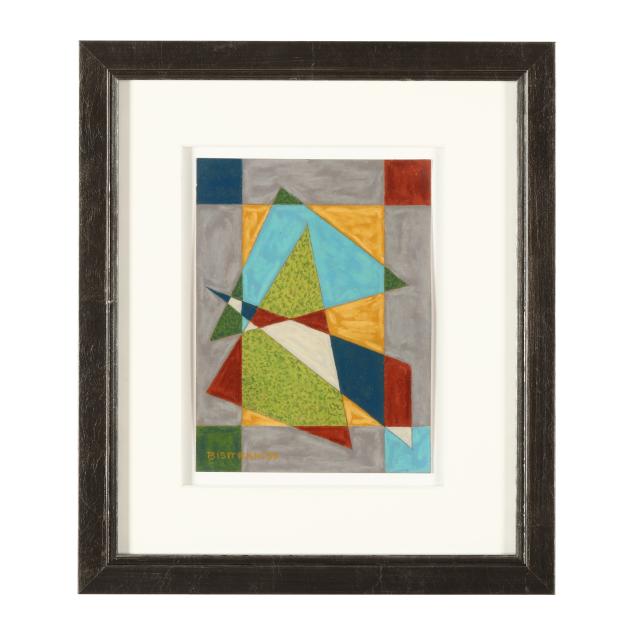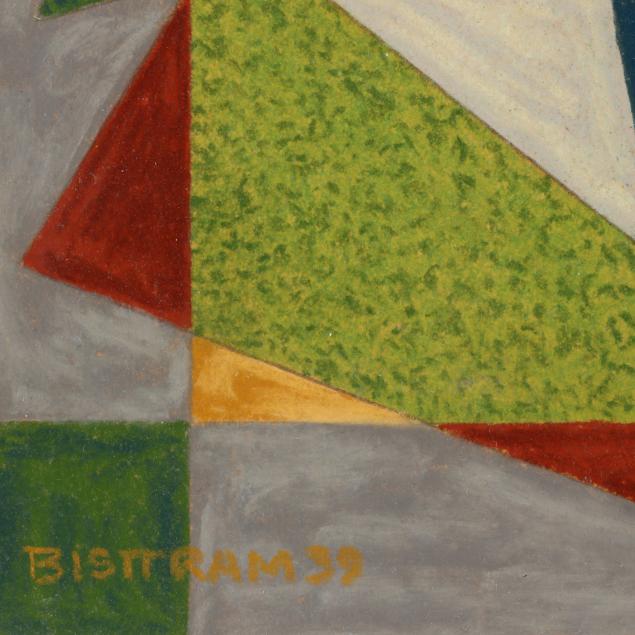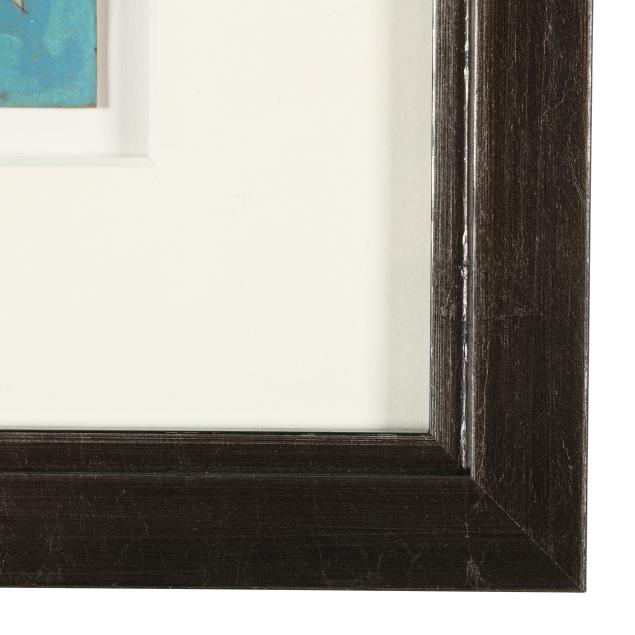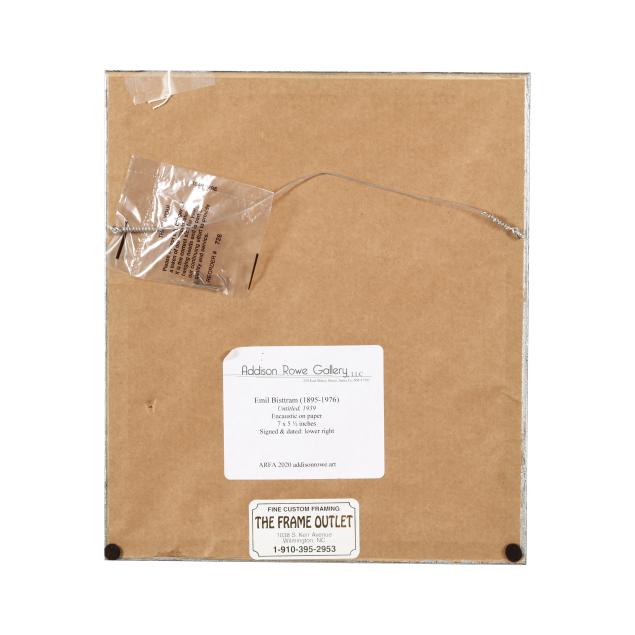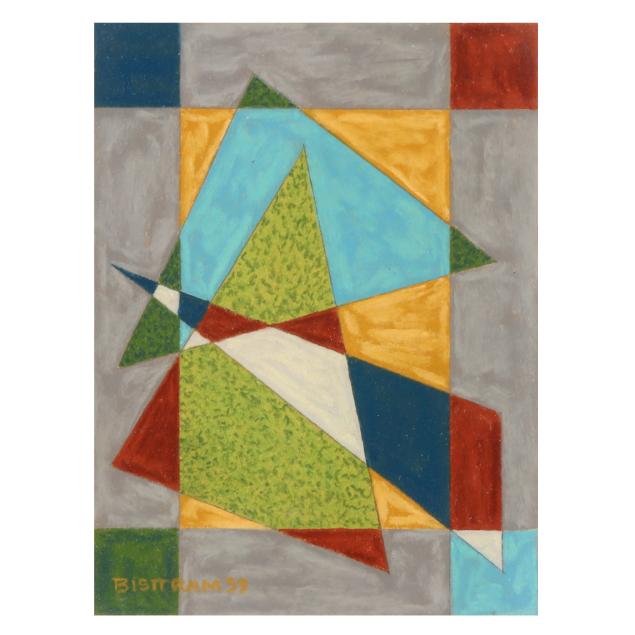
Lot 3133
Emil Bisttram (Hungarian-American, 1895-1976), Untitled
Explore more items like this one.
Visit our Fine Art Department Fine Art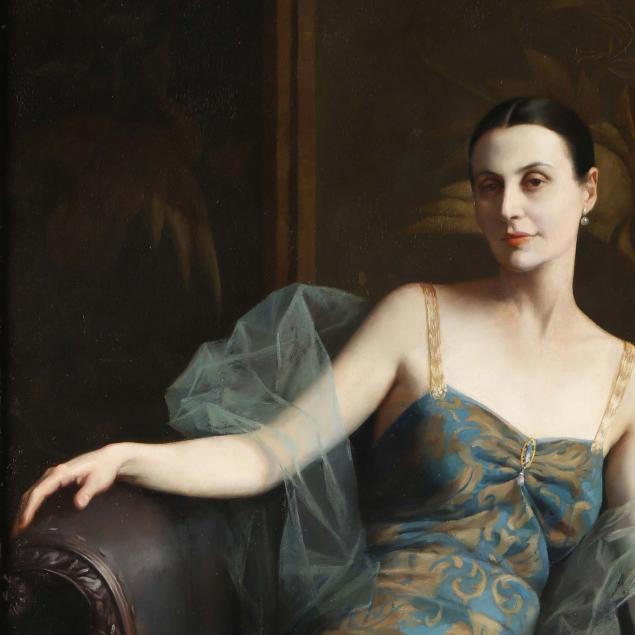
Lot Details & Additional Photographs
Sheet size 7 x 5 1/2 in.; Frame dimensions 12 1/4 x 10 5/8 in.
Addison Rowe Gallery, Santa Fe, New Mexico.
Hungarian-born Emil Bisttram immigrated to New York City with his family at a young age. He studied at the National Academy of Art and Design, Parsons, and The Art Student's League, and worked as a commercial artist to support himself. Soon after graduating, he began teaching at the New York School of Fine and Applied Arts, and the Master Institute of the Roerich Museum. Bisttram first visited Taos, New Mexico during the summer of 1930. He returned to New York and won a Guggenheim fellowship to travel to Mexico, where he studied mural painting with Diego Rivera. Shortly after, Bisttram returned to Taos and founded the Taos School of Art and the first commercial art gallery in Taos, the Heptagon Gallery.
In the late 1930s, he began to experiment with non-objective forms in his paintings, heavily influenced by Wassily Kandinsky. In 1938, Bisttram, along with several other painters, founded the Transcendental Painting Group in Santa Fe, New Mexico. In 1958, Bisttram co-founded the Taos Art Association, and in 1959 won the Grand Prize for painting at the New Mexico State Fair. The same year, a retrospective of his work was held at the Harwood Art Museum in Taos.
Good estate condition, mounted to a backing, not examined outside the frame.
